4 Q Deletion Syndrome
4 q deletion syndrome. Deletion of the short arm of chromosome 4 4p results in variable intellectual disability. See also disease and sickness. 10q26 deletion syndrome is a condition that results from the loss deletion of a small piece of chromosome 10 in each cell.
The deletion occurs near the end of the chromosome terminal deletion at a location designated 2q37. The number of genes affected by the deletion has been cited as approximately 30 to 50. Associé avec des anomalies de la partie supérieure de la bouche tel que incompétence pharyngée entrainant des troubles de la déglutition ou des.
Most people with 22q112 deletion syndrome are missing a piece of chromosome 22 that contains about 30 to 40 genes many of which have not been well characterized. Interstitial deletion 11q is a partial monosomy deletion 11q due to the occurrence of two breaks within the long arm of chromosome 11 and loss of the fragment in between them. Le syndrome concerne environ entre une naissance sur 3 000 1 et une sur 4 000 2.
Therefore there is loss of chromosome material from 11q but the very terminal 11q region is not missing. Approximately 80-90 of patients have a deletion of 3 Mb and 8 have a deletion of 15Mb. The deletion occurs on the long q arm of the chromosome at a position designated 10q26.
DiGeorge syndrome is caused by a heterozygous deletion of part of the long arm q of chromosome 22 region 1 band 1 sub-band 2 22q112. 13q deletion syndrome is a rare genetic disease caused by the deletion of some or all of the large arm of human chromosome 13Depending upon the size and location of the deletion on chromosome 13 the physical and mental manifestations will varyIt has the potential to cause intellectual disability and congenital malformations that affect a variety of organ systems. The size of the deletion may vary from person to person with 2q37 deletion syndrome.
Le diagnostic de microdélétion 22q11 est suspecté chez tout enfant porteur dune malformation cardiaque de type conotroncale. Syndrome of crocodile tears spontaneous lacrimation occurring parallel. Syndrome sindrōm a combination of symptoms resulting from a single cause or so commonly occurring together as to constitute a distinct clinical picture.
There are many overlapping features in these two disorders. Individuals with larger deletions are usually more severely affected.
Approximately 80-90 of patients have a deletion of 3 Mb and 8 have a deletion of 15Mb.
Hum mol genet 1999 jan81129-35 Autosomal recessive syndrome characterized by jerky puppetlike movements frequent laughter mental and motor retardation peculiar open-mouthed faces and seizures. VCF is characterized by velopharyngeal incompetence cleft palate andor swallowing problems cardiac heart defects and a typical face long and narrow. The size of the deletion may vary from person to person with 2q37 deletion syndrome. See also disease and sickness. Associé avec des anomalies de la partie supérieure de la bouche tel que incompétence pharyngée entrainant des troubles de la déglutition ou des. Syndrome sindrōm a combination of symptoms resulting from a single cause or so commonly occurring together as to constitute a distinct clinical picture. The deletion occurs on the long q arm of the chromosome at a position designated 10q26. The signs and symptoms of this condition vary widely but affected individuals generally have intellectual disability behavioral problems obesity and skeletal. GeneReviews an international point-of-care resource for busy clinicians provides clinically relevant and medically actionable information for inherited conditions in a standardized journal-style format covering diagnosis management and genetic counseling for patients and their families.
Each chapter in GeneReviews is written by one or more experts on the specific condition or disease. Hum mol genet 1999 jan81129-35 Autosomal recessive syndrome characterized by jerky puppetlike movements frequent laughter mental and motor retardation peculiar open-mouthed faces and seizures. There are many overlapping features in these two disorders. It is associated with maternal deletions of chromosome 15q11-13 and other genetic abnormalities. The deletion occurs on the long q arm of the chromosome at a position designated 10q26. Approximately 80-90 of patients have a deletion of 3 Mb and 8 have a deletion of 15Mb. 2q37 deletion syndrome is caused by a deletion of genetic material near the end of the long q arm of chromosome 2 at a location designated 2q37.














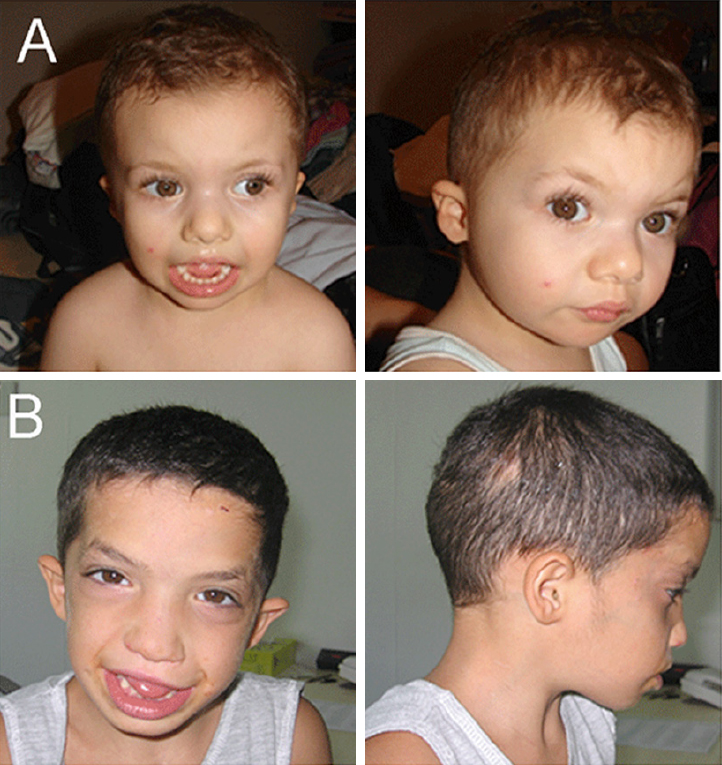




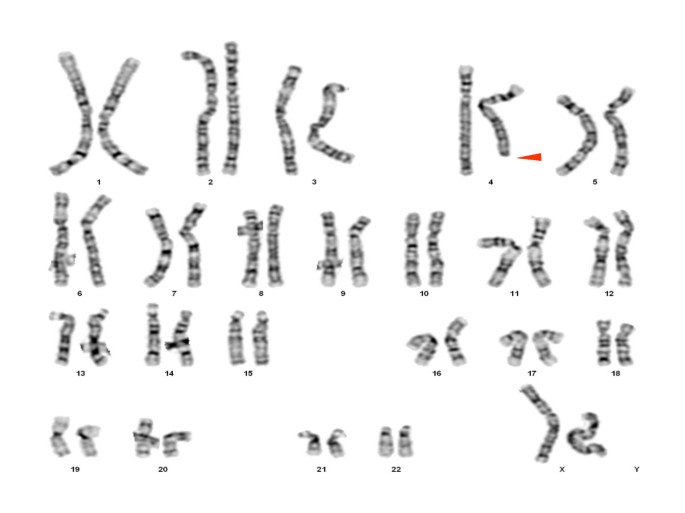







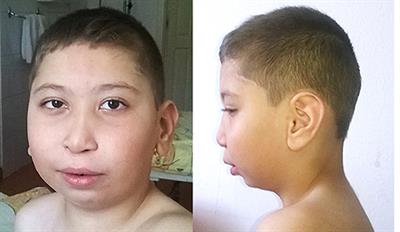
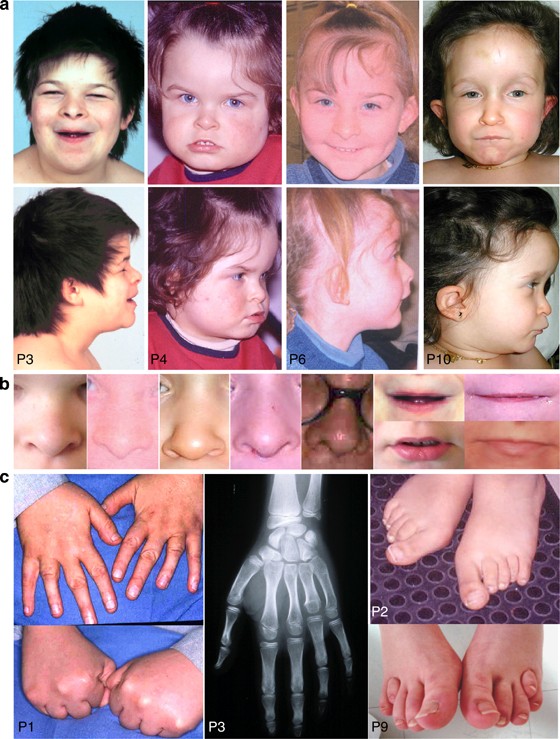

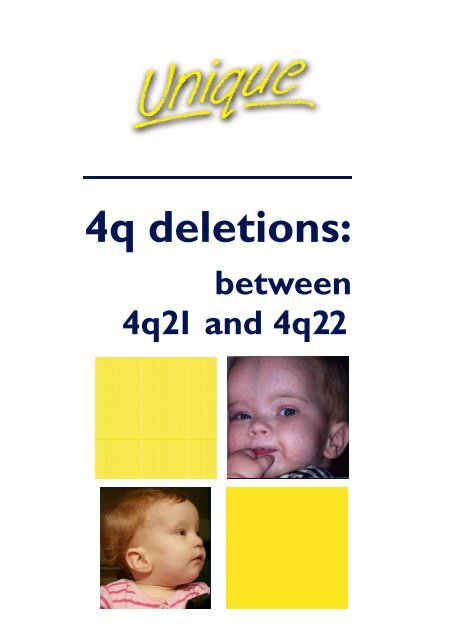



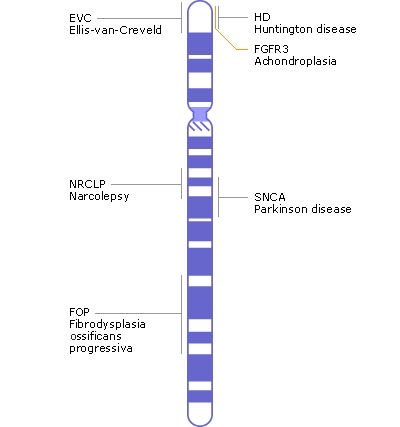

Post a Comment for "4 Q Deletion Syndrome"